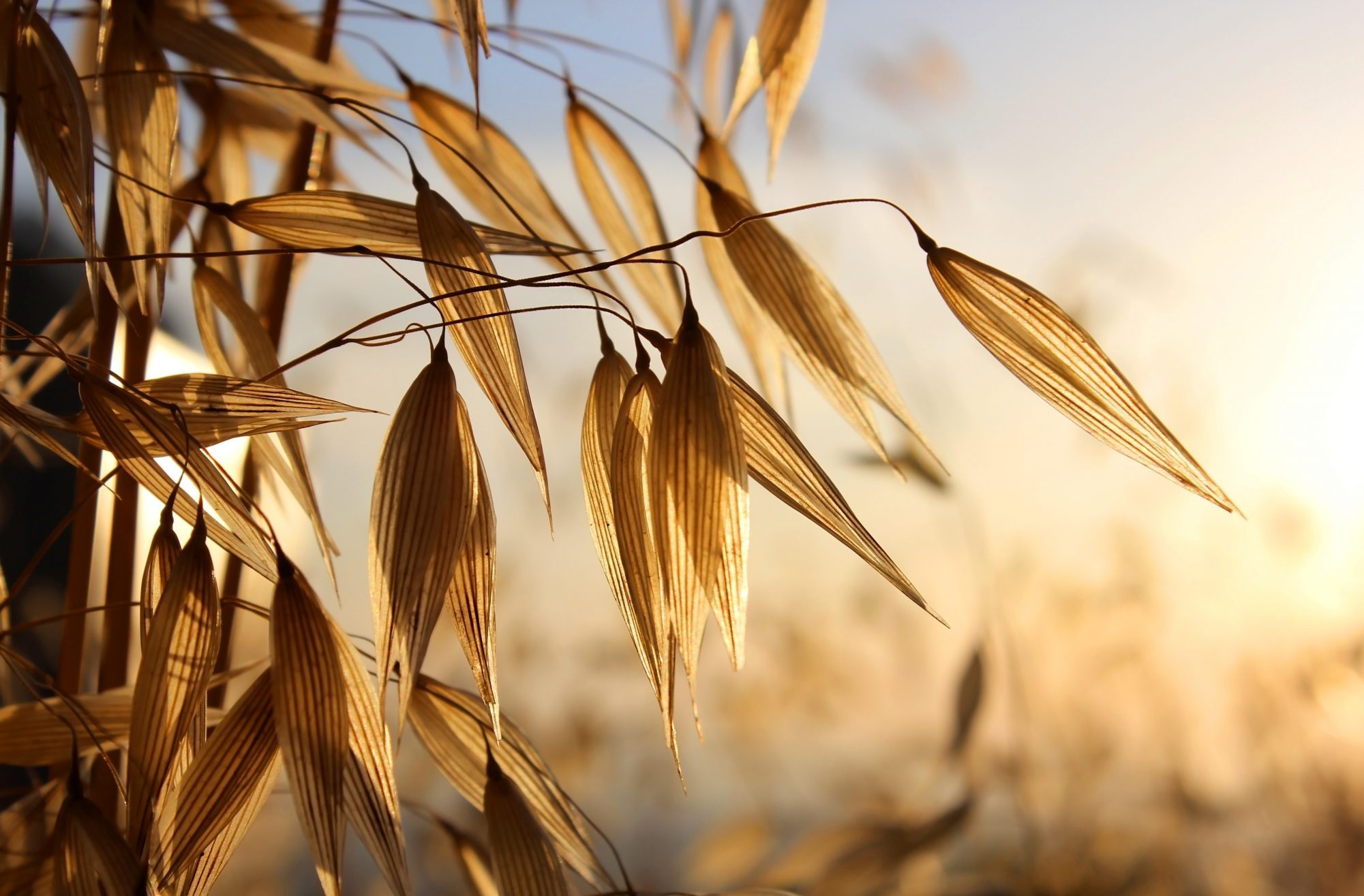Healthy Soils

Choosing the right cover crop for your cropping system is an important step in the planning process.
What does the cover need to provide for the following crop? What is the planting time frame? Generally, producers should choose a cover crop of an opposite type to the next year’s crop (ex: broadleaf versus grass, etc.).
Consider the following factors when choosing cover crops.
- Amount of biomass. For producers working to maximize weed suppression and increase soil organic matter, selecting cover crops or mixtures with a high biomass is key. However, producers who are new to planting cover crops, lower residue systems may be desirable as they adapt to planting in high residue systems.
- Soil/pest problems. Consider the cover crop properties that are most desirable for the subsequent cash crop. Some covers may be better suited to controlling specific pest or soil problems.
- Nitrogen requirements of subsequent crop. The timing of nitrogen release from decomposing cover crop residues is dependent on the type and quality of residue, so selecting appropriate covers and termination timing is key to maximizing the amount of nitrogen available to the next cash crop.
- Planting/management costs. Consider the costs of seed, planting, fertilizing and termination of any given cover before choosing to plant.
- Pesticide selection. Check all labels for rotation restrictions. Some labels have a special cover crop selection.

